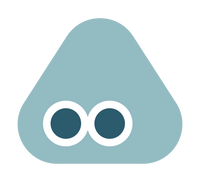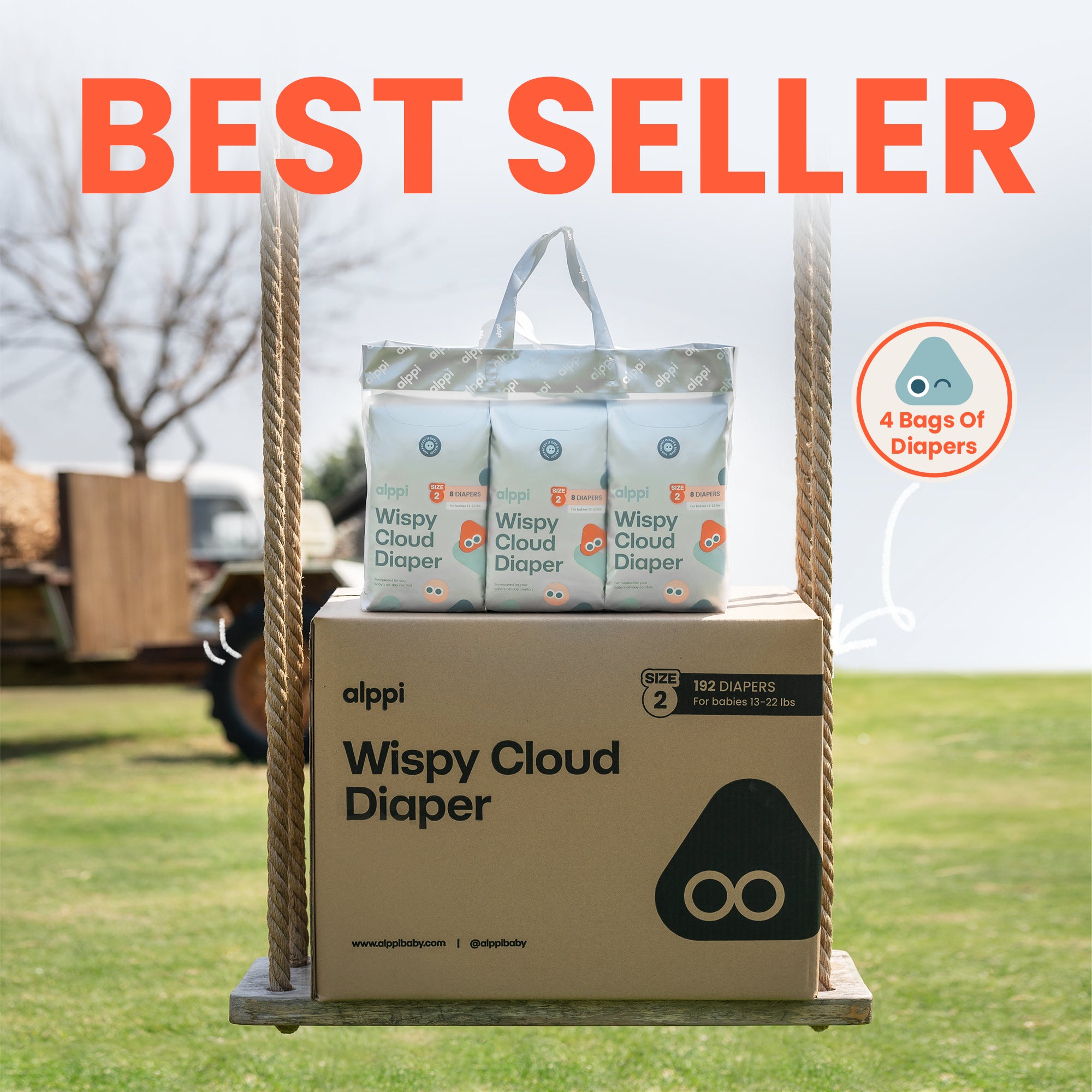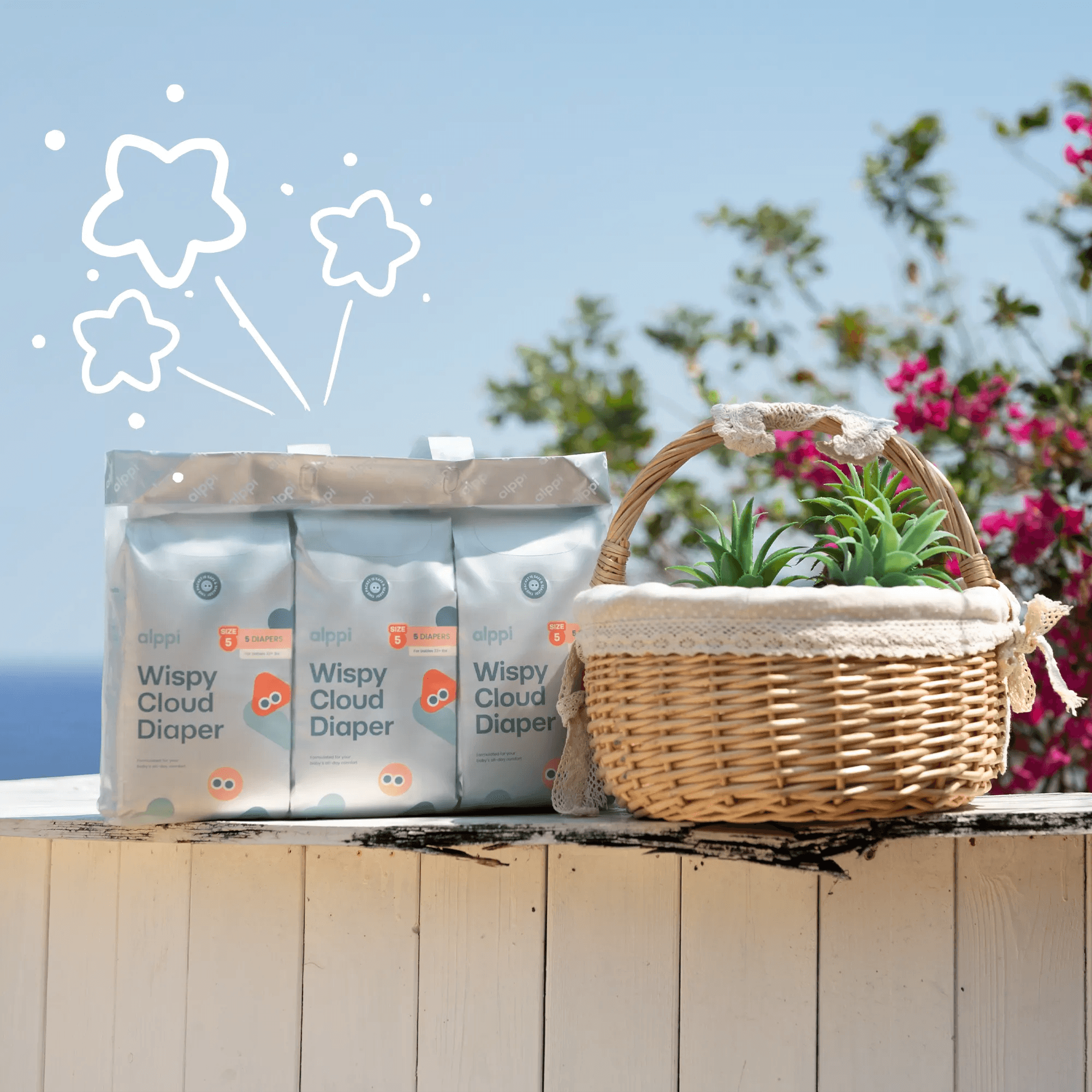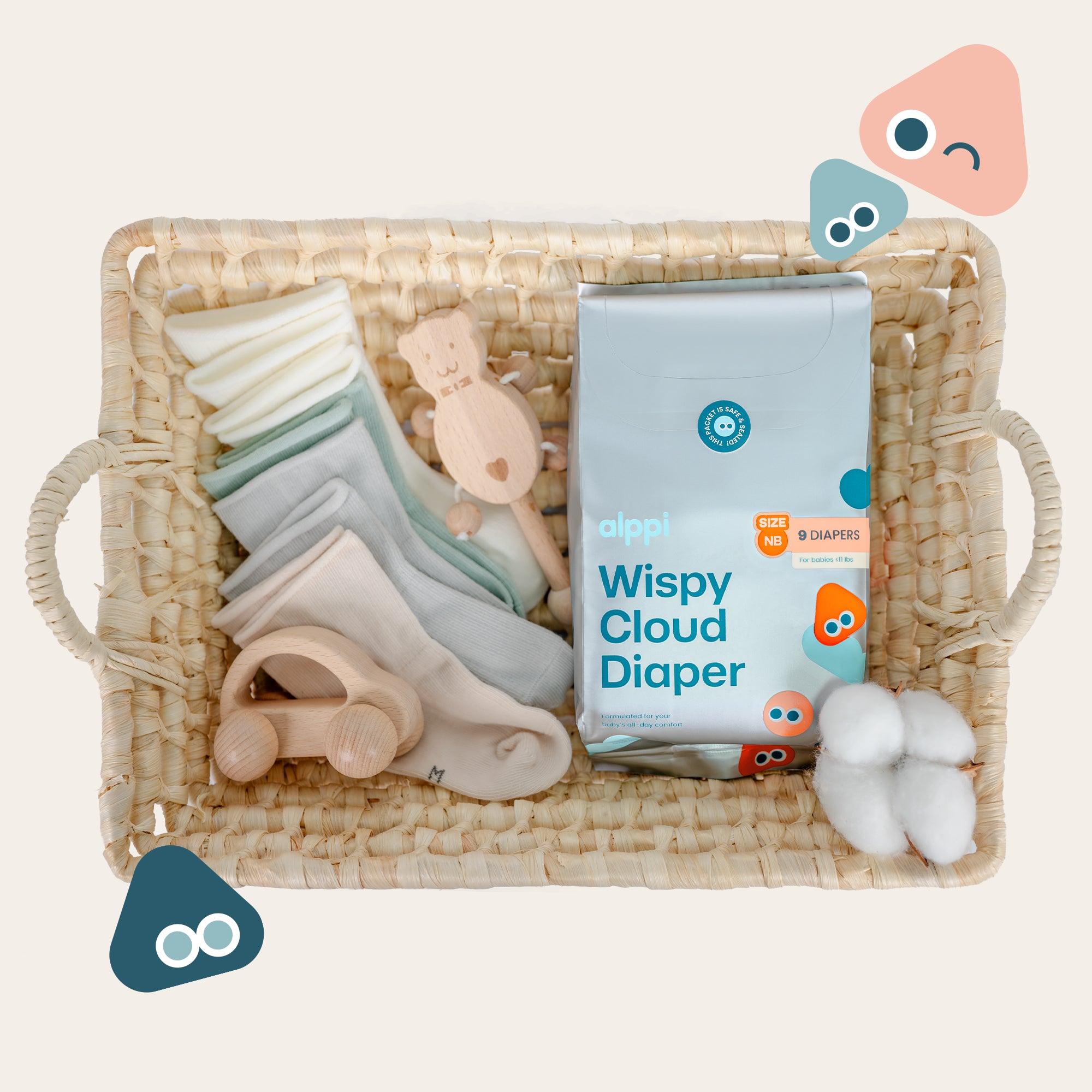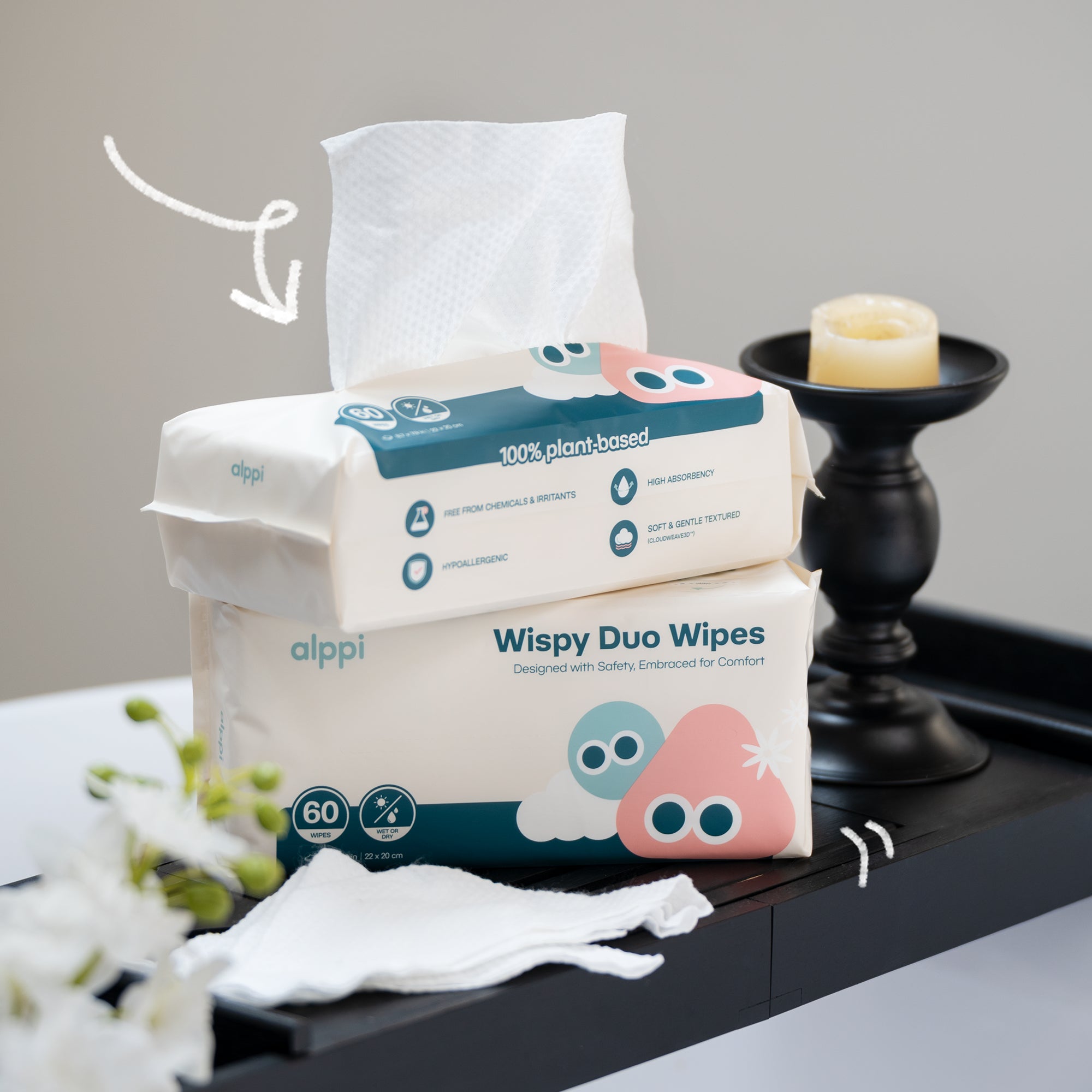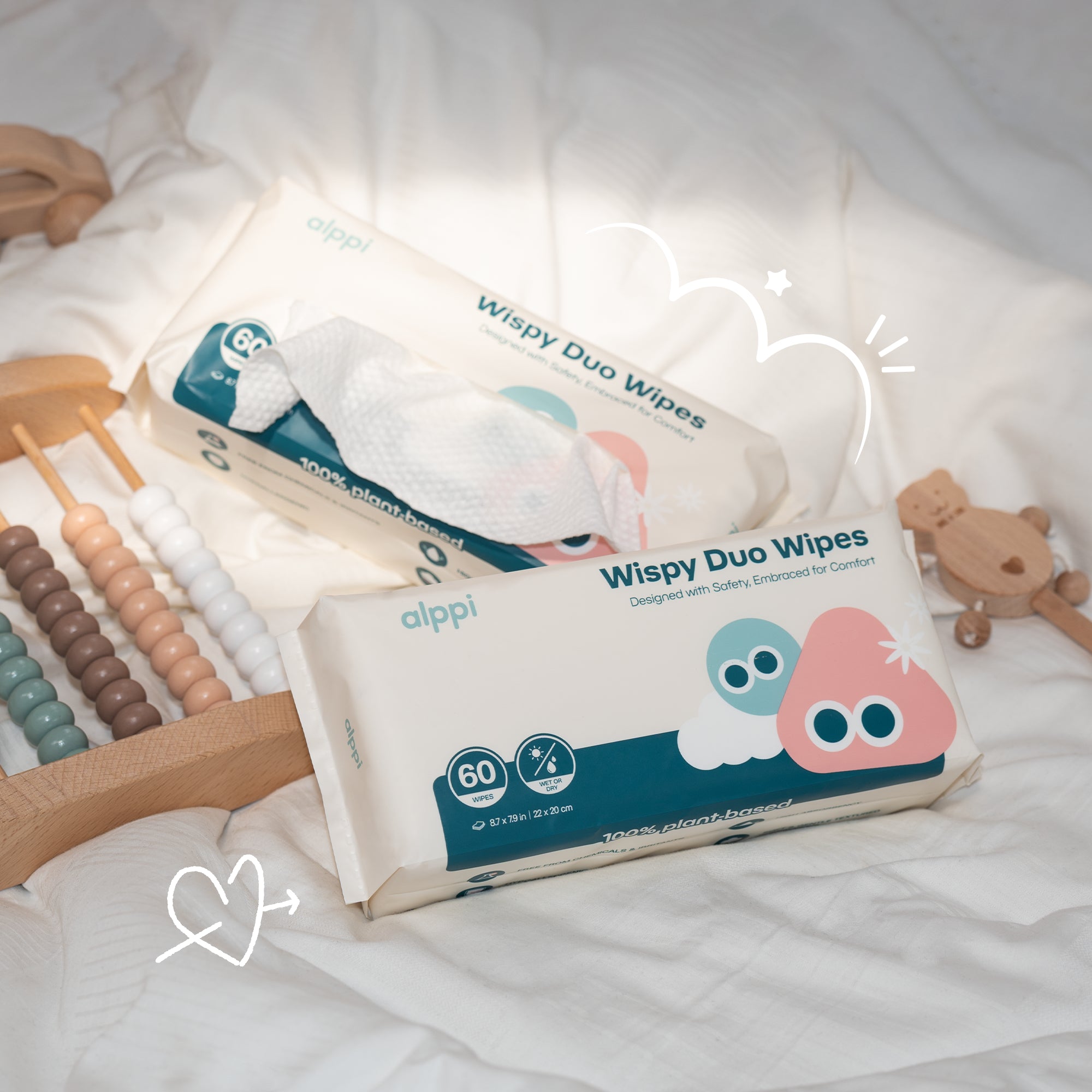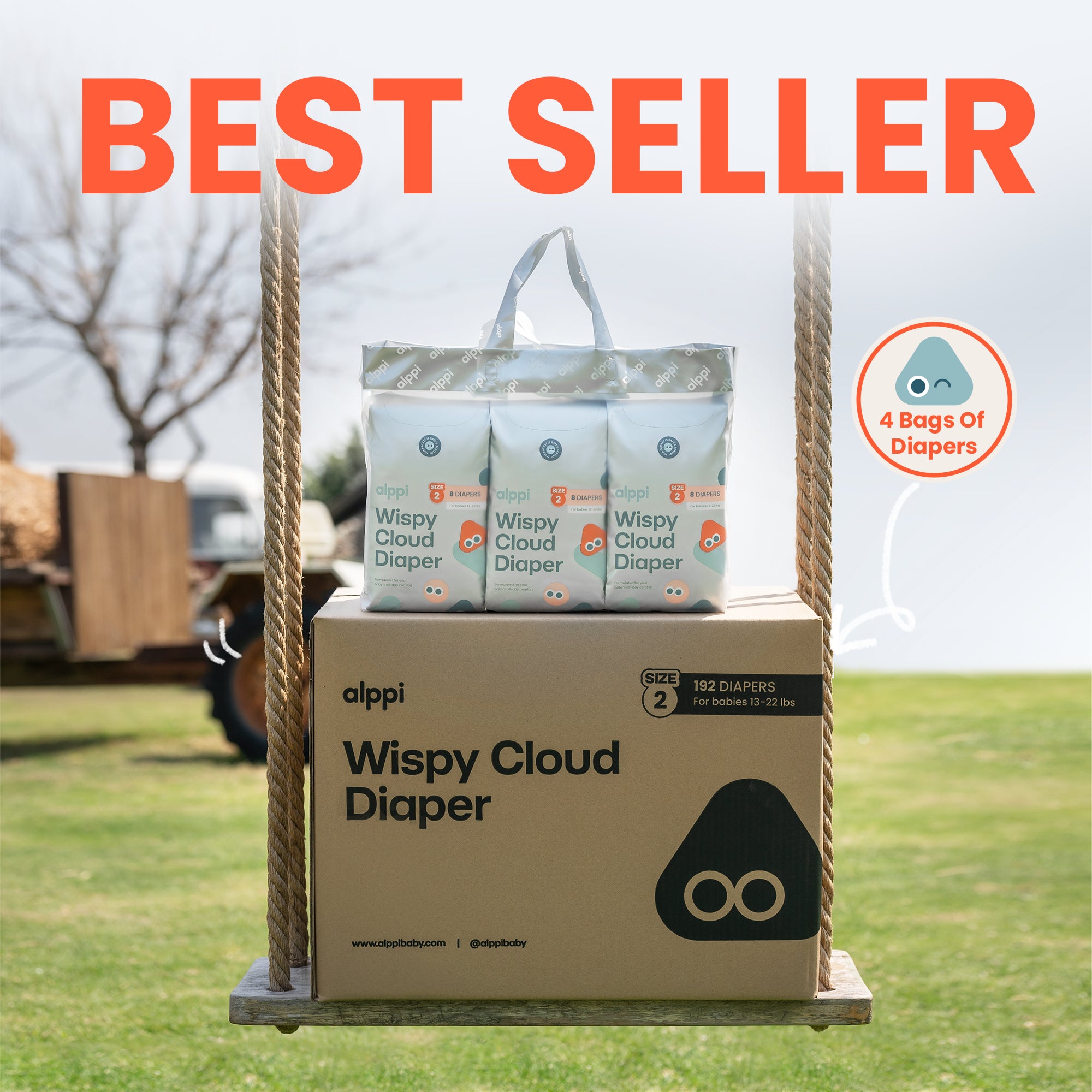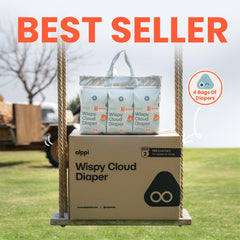Learning how to wipe a baby boy properly is one of the most important early lessons for new parents. It may feel awkward at first, but with a little patience and the right technique, it becomes an easy part of your routine.
Proper cleaning helps prevent rashes, infections, and irritation, keeping your baby happy and healthy.
This article walks you through every step of cleaning your baby boy’s genitals safely. You will learn how to handle diaper changes, the difference between caring for circumcised and uncircumcised boys, and the best products to use for gentle hygiene.
Quick Takeaways: Baby Boy Wiping Tips
- Always wipe from front to back to prevent bacteria from spreading.
- Use soft, fragrance-free, hypoallergenic wipes.
- Never pull back the foreskin on uncircumcised infants
- Pat the area dry before putting on a new diaper.
- Change diapers often to avoid irritation or rashes.
👶🏻 Diapers & Wipes You May Want to Shop
Explore MoreWhy Proper Wiping Matters for Baby Boys
Baby boys have very sensitive skin, especially in the genital area. Moisture, urine, and bacteria can easily cause redness, irritation, or rashes if not cleaned properly. When you wipe your baby the right way, you reduce the risk of infection and help his skin stay healthy.
Because a diaper often covers the area, it’s warm and humid, perfect conditions for bacteria and yeast to grow.
That’s why keeping the area clean and dry after every diaper change is so important.
Over time, this simple habit prevents diaper rash and teaches your baby’s skin to stay comfortable and resilient.
Step-by-Step Guide on How to Wipe a Baby Boy

Learning how to wipe a baby boy isn’t just about cleanliness—it’s also about confidence.
Here’s a detailed step-by-step guide to make every diaper change safe and comfortable for both you and your baby.
1. Prepare a Clean Changing Area
Before you start, wash your hands thoroughly. Set up a clean, soft surface, such as a changing pad.
Gather everything you’ll need:
- A clean diaper
- Baby wipes or cotton pads
- Diaper rash cream (if needed)
- A small towel or dry cloth
Having all your supplies ready helps you work quickly and safely. If you’re using wipes, choose those made for sensitive skin. Alppi Wispy Cloud Wipes are a great option because they’re fragrance-free, hypoallergenic, alcohol-free, and dermatologist-tested.
The CloudWeave3D texture helps remove messes gently without tearing or irritating your baby’s skin.
2. Gently Remove the Dirty Diaper
Lay your baby on his back and unfasten the diaper tabs. Lift his ankles gently and fold the front part of the dirty diaper under his bottom to keep the mess contained.
If there’s stool, use the front part of the diaper to wipe off as much as possible before reaching for wipes.
This prevents smearing and saves wipes. Always keep one hand on your baby to ensure he doesn’t roll off the changing table.
3. Wipe Gently from Front to Back
Always wipe from front to back. This direction prevents bacteria from the anal area from spreading to the urethra.
Use a clean wipe to clean the penis, scrotum, and the folds around the groin. Move slowly and use light pressure. Wiping too hard can irritate.
For uncircumcised boys, never pull back the foreskin. The foreskin is naturally attached and will separate on its own as your child grows. Forcing it can cause pain or injury.
4. Clean the Skin Folds
Make sure to clean all the folds around the scrotum and thighs. Residue can easily become trapped in these areas, leading to rashes or infections. Use a fresh wipe or damp cotton pad to reach every crease.
If your baby has sensitive skin, switch between wipes and soft, wet cotton pads to reduce friction.
5. Pat Dry and Apply Cream
After wiping, gently pat the area dry with a soft cloth. Never rub. The goal is to remove all moisture before putting on a new diaper.
If you notice redness or mild irritation, apply a thin layer of diaper cream. Choose one with zinc oxide or petroleum jelly to create a protective barrier.
6. Put On a Fresh Diaper
Slide a clean diaper under your baby’s bottom. Make sure the waistband sits below his belly button. Fasten the tabs securely but not too tightly.
For maximum comfort and absorbency, use Alppi Wispy Cloud Diapers. They are soft, breathable, and moisture-wicking, helping keep your baby’s skin dry.
👶🏻 Also Read: 5 Best Diapers for Babies with Sensitive Skin
Caring for Circumcised and Uncircumcised Boys
The cleaning method slightly differs depending on whether your baby is circumcised or not.
Circumcised Baby
After circumcision, the tip of the penis may appear red or swollen for several days. Healing usually takes one to two weeks.
During this time:
- Use only water or fragrance-free wipes.
- Avoid alcohol or perfumed products.
- Pat dry gently after cleaning.
-
Apply petroleum jelly or an ointment recommended by your pediatrician to keep the area from sticking to the diaper.
A small yellowish film may appear over the tip during healing. This is normal and not a sign of infection. If you notice bleeding or a strong odor, contact your pediatrician.
Uncircumcised Baby
Cleaning an uncircumcised baby boy is simple.
- Wipe only the outside of the penis.
- Do not retract the foreskin.
- Gently clean the surrounding folds with a fresh wipe.
As your child grows, the foreskin will naturally loosen and retract on its own. Until then, just clean the visible area during every diaper change.
Common Mistakes to Avoid When Cleaning a Baby Boy
Even caring parents can make small mistakes that lead to skin irritation or discomfort. Being mindful of these common missteps can help keep your baby healthy and happy:
- Using scented or alcohol-based wipes: These can irritate a baby’s sensitive skin and disrupt the natural balance of protective oils. Always choose fragrance-free, hypoallergenic wipes designed for newborns.
- Wiping too hard or too often: Gentle wiping is enough to clean effectively. Rubbing too firmly can cause redness, soreness, or microtears in delicate skin.
- Not drying completely before diapering: Moisture trapped under a diaper can lead to rashes and fungal infections. Pat the area dry with a soft cloth before putting on a new diaper.
- Applying baby powder near the genitals: Powders can become airborne and irritate a baby’s lungs or accumulate in folds, leading to clumping and irritation. Stick to pediatrician-approved barrier creams instead.
- Ignoring early signs of redness or a rash: Mild irritation can quickly worsen if left untreated. At the first sign of redness, apply a gentle diaper cream and ensure frequent diaper changes.
Keeping your baby’s diaper area clean, dry, and protected is the most effective way to prevent skin problems.
Using soft wipes, gentle motions, and breathable diapers shows the kind of attentive care that supports healthy skin from day one.
How Often Should You Wipe Your Baby Boy
Keeping your baby boy clean and dry helps prevent rashes, irritation, and infection. Wiping during every diaper change is important, even when there is only urine.
Urine contains ammonia, which can irritate the skin if left on for too long. Gentle and regular cleaning supports healthy skin and overall comfort.
Here is a simple guide to follow:
- Newborns: Wipe and change the diaper every 2 to 3 hours. Their skin is very delicate and needs frequent care.
- Older babies: Every 3 to 4 hours, or as soon as the diaper feels wet or soiled
- Nighttime: Change only when the diaper is full, leaking, or dirty to avoid disturbing sleep.
Always use soft, fragrance-free wipes or clean cotton cloths with warm water. Pat the area dry completely before putting on a new diaper.
Regular cleaning, gentle products, and keeping the diaper area dry are the best ways to prevent rashes and keep your baby comfortable.
👶🏻 Also Read: How Often Should You Change Your Baby's Diaper?
Choosing the Right Diapers and Wipes

The wipes and diapers you choose play a big role in your baby’s comfort. Look for gentle, skin-safe options that minimize irritation.
What to look for:
- Hypoallergenic and fragrance-free materials.
- Alcohol-free and toxin-free formula.
- High absorbency to prevent moisture build-up.
-
Thick, tear-resistant wipes for easy cleaning.
Alppi Baby Wispy Cloud Wipes and Diapers are designed with these needs in mind. They are made from FSC-approved, eco-conscious fibers and tested to be free from over 200 harmful chemicals.
The wipes are extra thick, soft, and absorbent, ideal for use on the bottom, hands, or even toys.
If you like to stock up, check out Bulk Diapers and Diaper Wipes to keep your nursery well-supplied.
Extra Tips for Gentle Diaper Changes
A few small habits make diaper changes easier and safer:
- Let your baby’s skin air out for a few minutes before putting on a new diaper.
- Talk or sing during diaper changes to keep him calm.
- Warm wipes slightly to avoid startling your baby with a cold touch.
- Use a barrier cream before bedtime to protect the skin overnight.
- Make sure diapers fit snugly but not tightly.
Final Thoughts
Wiping a baby boy properly is not difficult once you know what to do. The key is gentle care and consistency. Always clean from front to back, use mild wipes, and dry the area well.
These small habits protect your baby’s delicate skin and keep diaper changes stress-free. With practice, you will find your own rhythm and confidence.
Shop Baby Care Essentials
Make diaper time easy, safe, and comfortable for your baby boy.
FAQs About How to Wipe a Baby Boy
How to clean a baby boy's private area when changing diapers?
Use warm water and soft, fragrance-free baby wipes or cotton pads to gently clean your baby boy’s genital area. Wipe from front to back to prevent bacteria from spreading. If your baby is uncircumcised, clean only the outside of the foreskin and do not pull it back. Dry the area carefully with a soft cloth before putting on a fresh diaper.
What is the correct way to wipe a baby?
Always wipe from front to back to keep bacteria away from sensitive areas. Use gentle, unscented wipes or a soft cloth with warm water. Clean all folds and creases around the genitals and thighs, then pat the skin dry instead of rubbing. This helps prevent diaper rash and irritation.
Are you supposed to wipe baby boys after they pee?
Yes, it is best to wipe after your baby boy pees, even if the diaper looks mostly dry. Urine contains ammonia, which can irritate the skin if left on for too long. Use a soft, fragrance-free wipe or a damp cloth to gently clean the area. Make sure the skin is dry before putting on a new diaper.
At what age should boys clean under the foreskin?
Most boys can start gently cleaning under the foreskin once it naturally begins to retract, usually between ages 5 and 10. Parents should never force the foreskin back before it is ready as it can cause pain or injury. When it retracts easily, teach your child to rinse underneath with warm water during bath time. Regular gentle cleaning helps prevent buildup and infections.
